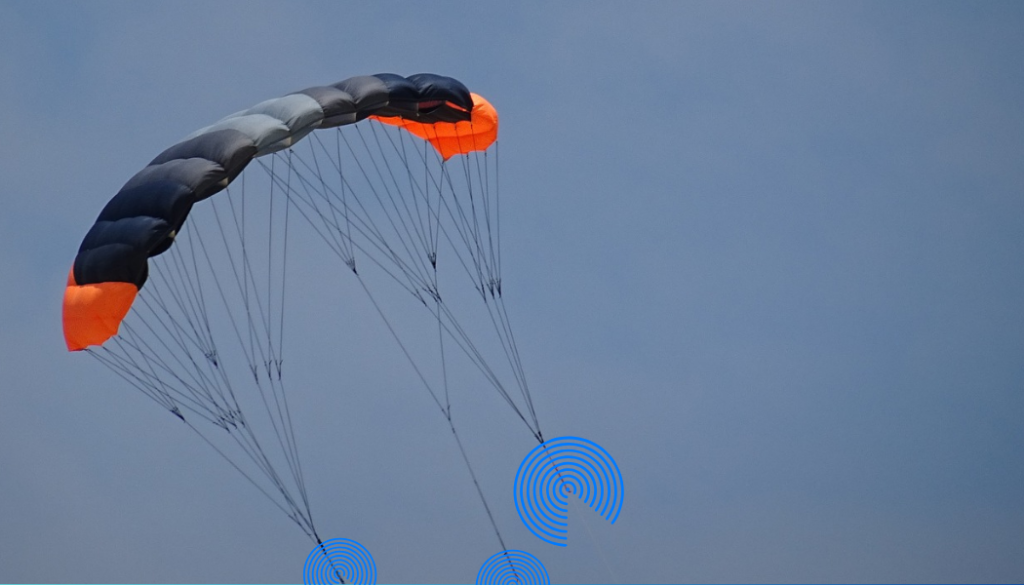AirDrop, the handy file-sharing feature on Apple devices, can be a lifesaver when you want to quickly share photos, videos, or links with friends nearby. But what happens when you start receiving random AirDrops from strangers, especially ones containing content you’d rather not see? Whether you’ve been cyber-flashed on a plane or received an unexpected meme in a crowded cafe, dealing with unwanted AirDrops can be both annoying and unsettling. But fear not! We’re here to guide you through everything you need to know about AirDrop and how to put a stop to those pesky surprises.

AirDrop: How Does It Work?
AirDrop operates on a simple principle: wirelessly sharing files between Apple devices in close proximity. It’s a convenient feature that doesn’t require internet access and allows for seamless file transfers with just a few taps. Whether you’re sending vacation photos to a friend or receiving a presentation from a colleague, the app makes it easy.
How to Use AirDrop
Using AirDrop is straightforward, but both the sender and receiver need to meet certain criteria:
- Signed into their Apple IDs
- Devices running iOS, iPadOS, or macOS
- Within 30 feet (9 meters) of each other
- Wi-Fi and Bluetooth enabled
To share a file via AirDrop:
- Open the file or link you want to share.
- Tap the share button and select AirDrop.
- Choose the recipient from the list of nearby devices.
- The recipient will receive a notification to accept or decline the AirDrop.
Why Are You Receiving AirDrop Files From Strangers?
The rise of what we call “AirDrop Culture” has made receiving unexpected files from strangers increasingly common. Whether it’s a harmless meme, a malicious link, or something more sinister, the anonymity of the app makes it a fertile ground for pranks, bullying, and even cyberattacks.
Types of Random AirDrop Files
Here are some common types of unwanted AirDrops:
- Memes
- Unflattering photos
- Protest messages
- Malicious links
- Graphic imagery
- Social media links
- Test answers
Are AirDrop Files Safe to Accept?
In general, AirDrops are safe when you know the sender and have consented to the file transfer. However, there’s always a risk of receiving malicious files that could harm your device. It’s essential to exercise caution and reject any AirDrops from unknown sources.
How to Stop Getting Random AirDrop Files
If you’re tired of receiving unwanted AirDrops, here are some steps you can take:
- Turn AirDrop off when not in use.
- Set AirDrop to “Contacts Only.”
- Decline incoming AirDrops from unknown senders.
- Change your AirDrop name for added anonymity.
- Disable the app entirely if you don’t use it frequently.
By following these tips, you can regain control over your AirDrop experience and avoid those awkward or distressing surprises.
Mexico Movistar PD proxy
It refers to a method used to bypass internet restrictions or access region-restricted content in Mexico, particularly with the Movistar network. However, it’s essential to note that using proxies or VPNs to circumvent network restrictions may violate the terms of service set by your internet service provider (ISP). If you’re experiencing issues accessing certain websites or services in Mexico, including those restricted by Movistar, a reliable VPN like ForestVPN can help. ForestVPN encrypts your internet traffic and routes it through secure servers, allowing you to browse the web anonymously and access geo-blocked content safely. With ForestVPN, you can enjoy unrestricted access to the internet while protecting your privacy and security. Try ForestVPN today and experience a secure and open internet environment. ForestVPN.
FAQ
1. Can I block specific people from AirDropping me?
- Unfortunately, Apple’s AirDrop feature doesn’t offer the ability to block specific individuals. However, you can set your settings to “Contacts Only” to limit file transfers to people in your contact list.
2. Can AirDrops contain viruses or malware?
- While AirDrops are encrypted, there’s still a risk of receiving malicious files that could harm your device. It’s best to exercise caution and only accept AirDrops from trusted sources.
3. Why do people send random AirDrops?
- Random AirDrops can be sent for various reasons, including pranks, bullying, or even malicious intent. The anonymity of the app makes it an attractive platform for such behavior.
4. Can I retrieve a declined AirDrop?
- Once you’ve declined a file, you won’t be able to retrieve it. If you change your mind, the sender would need to resend the file.
5. Is AirDrop available on non-Apple devices?
- It is a proprietary feature exclusive to Apple devices, so it’s not available on non-Apple platforms.

